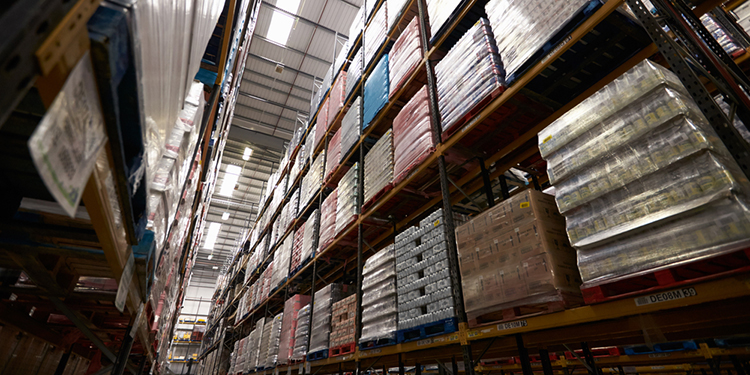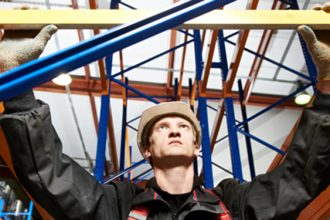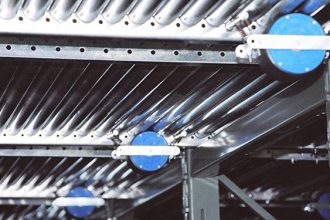Why You Shouldn’t Mix Rack Components From Different Manufacturers In The Same Structure

While rack columns and beams constructed by different manufacturers may appear similar, mixing components in the same structure — also sometimes called “intermembering” — is unsafe and not recommended. That’s because connecting incompatible rack components, which can erroneously occur as a means to replace a damaged column or beam, significantly increases the risk of a structural failure and collapse.
Although rack components may share similar characteristics, each manufacturer uses different production techniques, steel gauges, connectors, bracing, trusses, and beam locking devices when engineering and designing their products. All RMI members perform extensive testing on their beam, column and other connections to validate that their designs work as a unified system. Further, nearly every rack installation is engineered specifically for a specific storage application and job site condition.
According to RMI’s ANSI MH16.1: Specification for the Design, Testing and Utilization of Industrial Steel Storage Racks, section 1.4.9, a damaged portion of rack should be repaired and restored to at least its original design capacity, then certified by a licensed professional engineer. Additionally, section 5.1 of RMI’s Guideline for the Repair/Replacement of Damaged Rack states:
When original or updated engineering documentation is available, replacement of damaged components with identical parts from the original manufacturer is an approved method to address the damaged rack, as long as the rack system still meets appropriate capacity requirements. It is important to not interchange uprights, beams or other components that look “similar” to each other.
To confirm that their beam to column connections are safe and meet all code requirements, RMI member companies conduct extensive testing. This testing applies only to their own products, however. It is rendered invalid when intermembering components with those from other manufacturers (unless the components are specifically validated and tested by the supervising engineer or manufacturer).
Therefore, the safest and best practice for repairing or replacing a damaged beam or column — and to ensure that the repair is compliant with all building codes — is to work with the original rack manufacturer. Doing so ensures that the replacement components will work together safely and match your installation’s unique design and load capacity.
Looking for more rack safety tips? RMI offers a comprehensive library of specifications and guidelines for the design, planning, use, repair and replacement of industrial steel storage racking and welded wire rack decking.


